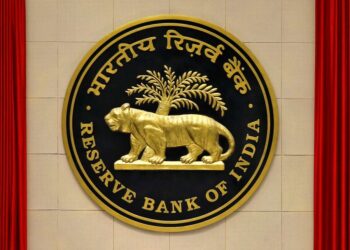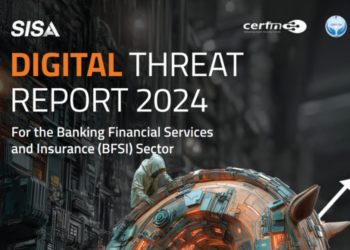The issue of non-performing loans is not something new or different. It has been a persistent problem for years. NPLs are those that borrowers have failed to repay for a specific period, and they can have a detrimental impact on banks and the overall economy.
Why is this problem so hard to eradicate? What far-reaching impacts can it have on the health of Indian banks?
Let’s find out!
How Big is This Problem?
According to the World Bank, India has been grappling with a high level of NPLs in recent years. As of 2021, the non-performing loan ratio in India stood at approximately 6.5%.
However, there have been positive signs of improvement, with recent reports suggesting that bad loans are expected to fall to a decade-low of 4% by the end of FY24.
According to Krishnan Sitaraman from Crisil,
“The steady improvement in corporate asset quality is clearly reflected in leading indicators such as the credit quality of bank exposures.”
Despite this positive trend, the impact of NPLs on banks cannot be overlooked.
Challenges Faced by Banks
- 1. Capital Erosion
When borrowers default on loans, it directly impacts a bank’s balance sheet. Banks need to set aside provisions to cover potential losses, resulting in reduced profitability and capital erosion. This, in turn, limits their capacity to lend to individuals and businesses.
- 2. Liquidity Constraints
NPLs tie up a significant portion of a bank’s funds, restricting liquidity. They may face difficulties in meeting deposit withdrawal requests, funding new loans, or fulfilling regulatory requirements.
- 3. Creditworthiness and Risk Assessment
High NPL levels can erode trust in the banking sector, making it harder for banks to attract capital. Apart from that, it can also become challenging to accurately assess borrower risk profiles, thus leading to conservative lending practices.
Consequences for the Economy
- 1. Slowdown in Economic Growth
The burden of NPLs on banks restricts their ability to lend to productive sectors, hampering business expansion, investments, and job creation. This, in turn, affects overall economic growth and development.
- 2. Financial Stability
A high level of NPLs threatens the stability of the financial system. It creates a domino effect, where the weakness of one bank can spill over to other financial institutions, triggering a crisis of confidence in the entire sector.
The Road Ahead
The first step is to recognise the gravity of this problem. Of course, the government and the different regulatory authorities have implemented a variety of methods to deal with it. The “bad bank” is one such initiative to reduce the NPA of banks. The bad bank would act as a specialised institution to acquire and manage distressed assets, facilitating the resolution process and reducing the burden on banks.
“A bad bank promises to bail out the banks and help them recover the assets which would otherwise take years with the present lackadaisical legal framework they operate under.”
Apart from that, enhanced credit risk assessment frameworks, stricter regulatory oversight, and effective bankruptcy and insolvency mechanisms can contribute to the reduction of NPLs.








